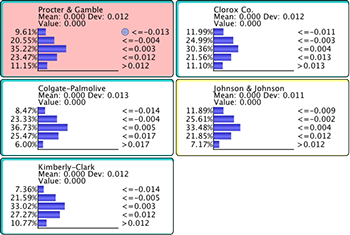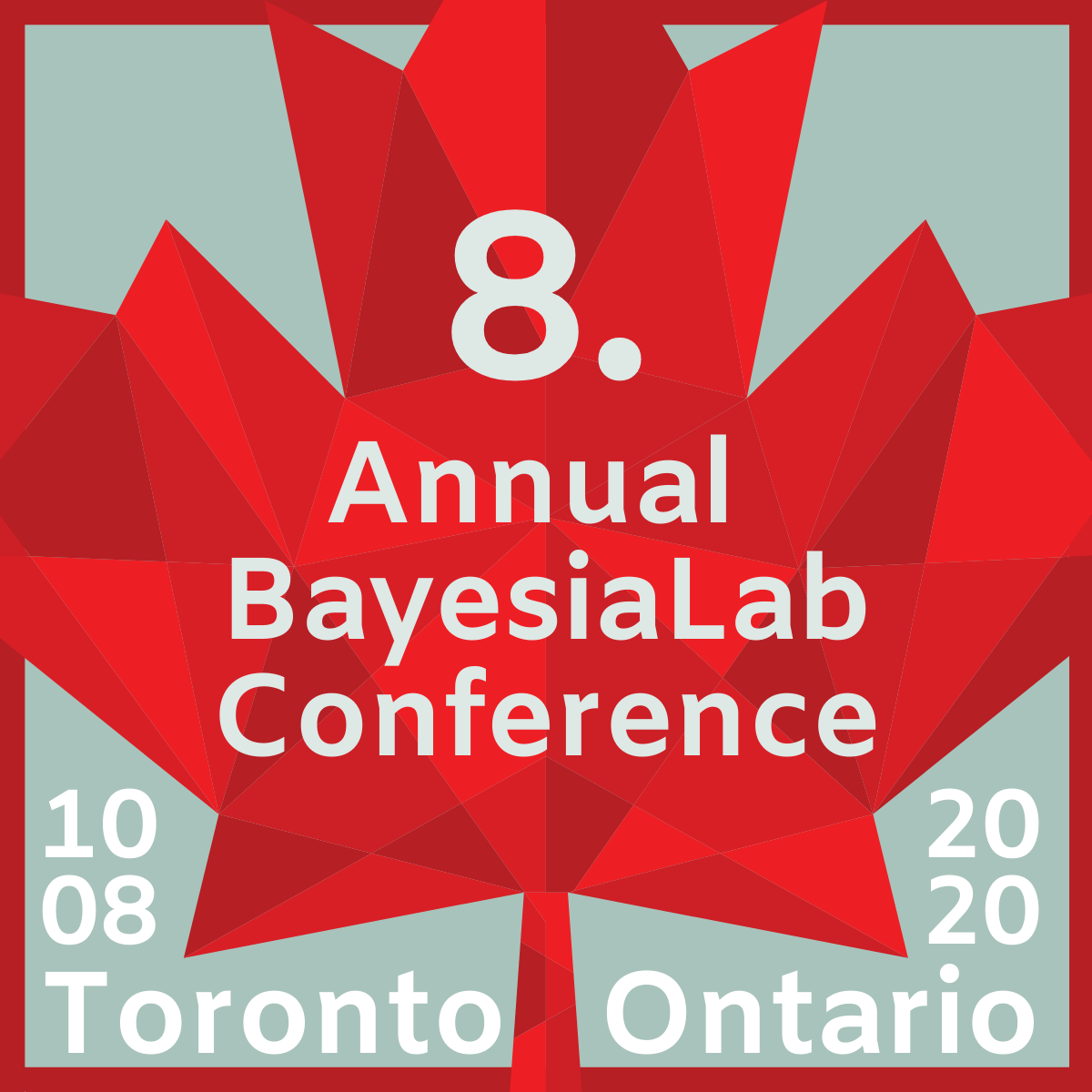Observational Inference
One of the basic properties of Bayesian networks is that they are “omnidirectional observational inference engines.” Given an observation of any of the network's nodes (or a subset of nodes), BayesiaLab can compute the posterior probabilities of all other nodes in the network. Both exact and approximate observational inference algorithms are implemented in BayesiaLab.


Diagnosis, Prediction and Simulation
In the Bayesian network framework, diagnosis, prediction and simulation are identical computations. They all consist of inference conditional upon evidence. The distinction only exists from the perspective of the researcher, who would presumably see the symptom of a disease as an effect and the disease itself as the cause. Hence, carrying out inference based on observed symptoms is interpreted as “diagnosis.”
BayesiaLab offers a considerable number of functions relating to inference. For instance, inference can be performed by setting evidence, i.e. clicking on any one of the Monitors, and results are returned instantly for all the other Monitors. Batch Inference is available when inference needs to be computed for a large number of records. For instance, this can be used for applying a predictive score for all customers in a database.
Reasoning Under Uncertainty
Based on a Bayesian network, BayesiaLab can reliably carry out inference with multiple pieces of uncertain and even conflicting evidence. The inherent ability of Bayesian networks to facilitate computations under uncertainty makes them highly suitable for a wide range of real-world applications. Reasoning under uncertainty applies in two ways:
- Diagnosis (inference from effect to cause)
- Simulation (inference from cause to effect)
Maintaining uncertainty during inference automatically prevents presenting potentially misleading point estimates.
Causal Inference
In addition to observational inference, BayesiaLab offers causal inference for computing the impact of intervening on a subset of variables instead of merely observing their states.
Bayesian networks have very unique properties when it comes to causality. Under certain conditions, and with specific theory-driven assumptions, Bayesian networks can perform causal inference. Thus, Bayesian network models can cover the entire range of reasoning from association to causation.
In BayesiaLab, both Pearl’s Do-Operator and Likelihood Matching are available for this purpose. In many of BayesiaLab’s automated analysis functions, Likelihood Matching can be invoked by selecting Direct Effects.
To learn more about causal analysis with Bayesian networks, please see our recent paper, Causality for Policy Assessment and Impact Analysis, and the video recording of the Causal Analysis Workshop at George Mason University on the same topic.



